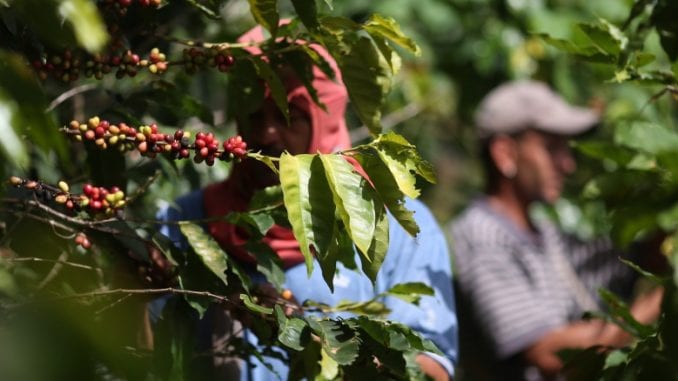
Coffee producers struggle to recover after an estimated three-quarters of the island’s agricultural sector is decimated by Hurricane Maria in September.
BY CHRIS RYAN
BARISTA MAGAZINE ONLINE
Cover photo courtesy of Lucemy Velazquez
High in the mountains of Puerto Rico, in the town of Jayuya near the center of the island, sits Hacienda San Pedro. This 360-acre farm—120 acres of which are planted with coffee—was founded by the Atienza family in 1931, and its coffee is exported to coffee-consuming countries around the world and also used at the four Hacienda San Pedro cafés in the San Juan metro area.
Last month, the unthinkable happened at the Hacienda San Pedro farm: Hurricane Maria destroyed 90 percent of its coffee crop. “It has been truly a nightmare what happened to us,” says Rebecca Atienza, who runs the family business with her father, Roberto. “Before Maria we had picked just 2 percent of the crop, so there is very little left to pick now.”
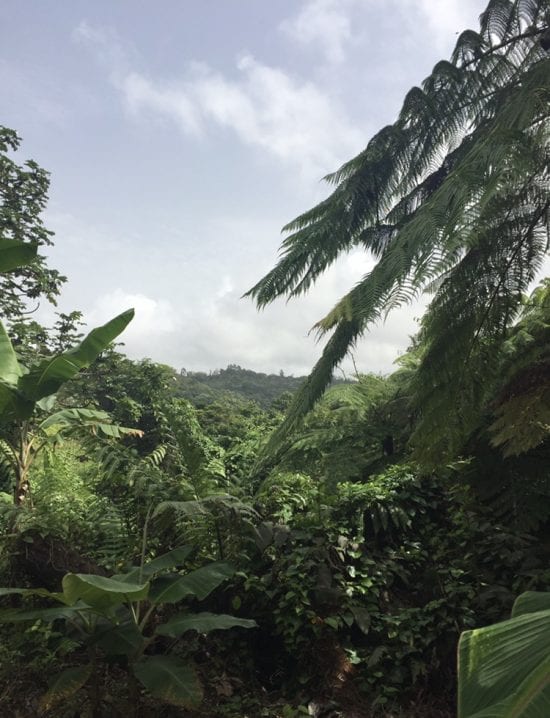
Farmers across the U.S. commonwealth—which, four weeks after the storm, is still without power—have experienced similar destruction; estimates show that over 75 percent of Puerto Rico’s agricultural sector has been wiped out. Lucemy Velazquez, who grows 25 acres of coffee at her farm Finca Lucero in the southern Puerto Rico city of Ponce, says her farm also was devastated by the storm. “We lost all the crop and the coffee trees,” she says. “At this moment we are cleaning and replanting, working really hard to return the plantation to its normal condition.”
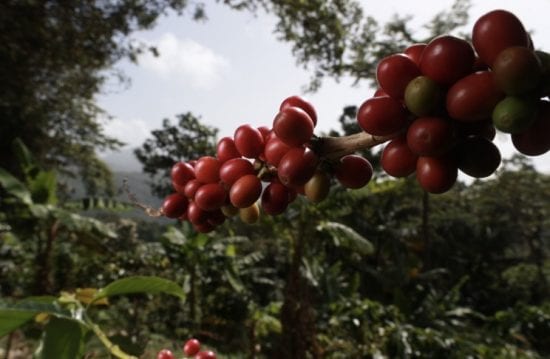
These repairs will take time, though—newly planted trees typically take three to four years to bear fruit. In no uncertain terms, this is a crisis for Puerto Rico, and there are no short-term solutions. “There are thousands of people who lost their jobs and are without electricity,” Rebecca says. “Honestly, we are living in the hardest times for Puerto Rico ever. I can’t say we will feel relief any time soon.”
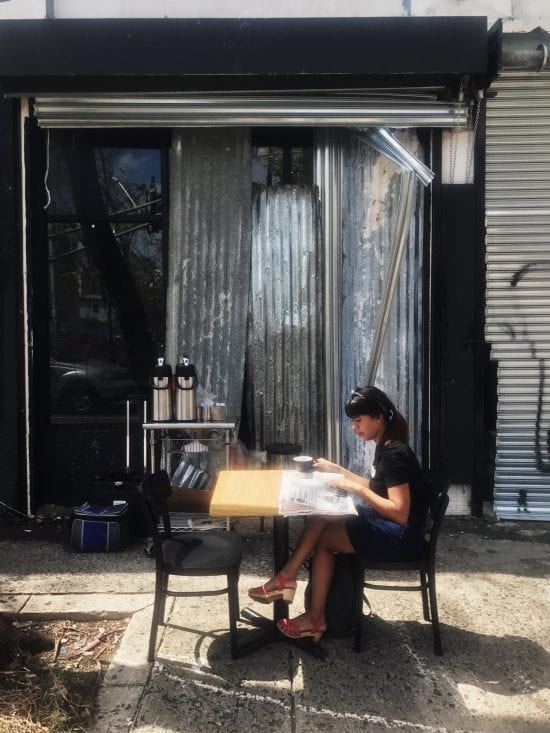
Rebecca says Hacienda San Pedro will have enough coffee to supply their cafés until January 2018, and then they will need find another solution. “We are working with friends in the coffee industry from several countries to buy coffee that can serve us for the rest of 2018,” she says. Rebecca says Puerto Rico’s broca quarantine prohibits the entry of green coffee from other countries, but she is seeking an exception given the current situation. “We need to meet with the Department of Agriculture for approval of import and then decide which coffee to use,” she says.
While businesses shut down in the aftermath of the hurricane, many institutions—including the island’s cafés—have been slowly reopening in the weeks after the hurricane, mostly using generators to provide power. Finca Lucero, which runs three Café Lucero locations, is still in the recovery process. “At this moment we are providing services in our shop at the Ponce Hilton, and we just reopened our second store,” says Lucemy. “Our newest and biggest store is still closed as we wait for the electrical supply to be restored.”
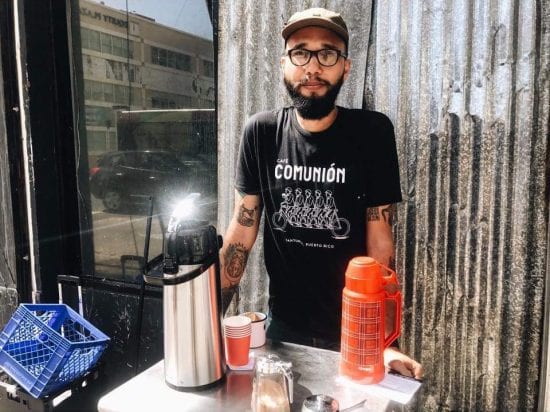
Abner Roldan was scheduled to open a new café, called Café Comunión, in San Juan’s Santurce neighborhood in mid-October. “Everything changed after Hurricane María hit us,” he says. “Our front door and rolling door were damaged. At first, we felt paralyzed and didn’t know what to do, but with the support of our community we decided to not wait for the front door reparation and to start selling drip coffee on the curb in front of the shop.”
The shop is operating on a generator as it waits for power to restore, but Abner says it’s important for Café Comunión to help its recovering nation. “We have had a ‘survival’ attitude since the day of the storm,” he says. “We’ve been making lines for hours to get food, money from ATMs, and gas. But that hasn’t stopped Puerto Ricans from helping each other in our communities and to clean and reconstruct our beautiful island.”
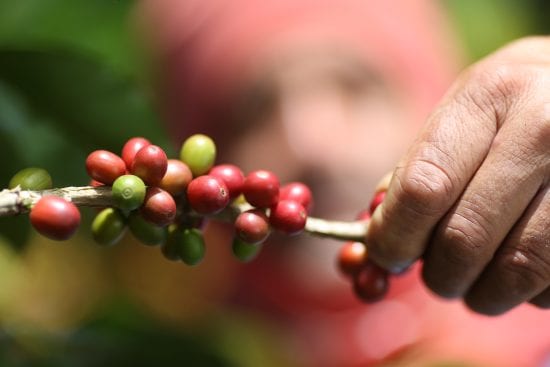
Cafés have also played a crucial role as a gathering place for the recovering nation, which Rebecca has observed at Hacienda San Pedro. “What can be better than a cup of delicious coffee after a disaster like this?” Rebecca asks. “As a coffee drinker, I consider it to be a relief, and a way of providing hope. There is so much solidarity and good intention from our community coming to the shop.”
Puerto Rico has a long road ahead still. But its coffee professionals, while stunned and saddened, are resilient and hopeful about the future. “This has been a coffee-producing country for almost 300 years,” says Lucemy of Finca Lucero. “We had several natural disasters before, and we always come back. This is another challenge, and I expect my people to learn from this difficult experience.”
Hacienda San Pedro’s story was covered further in a recent NPR article here. To help those in Puerto Rico in the aftermath of Hurricane Maria, see this list of charities providing aid.

